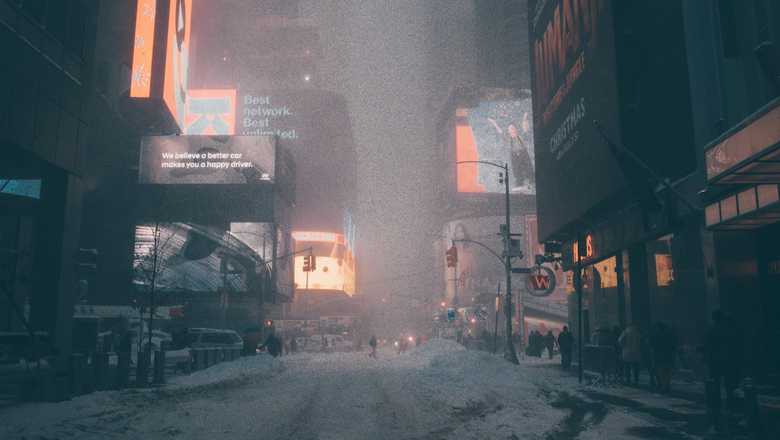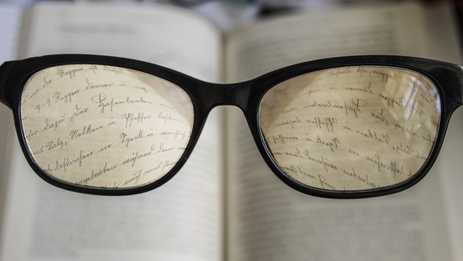Dystopias have provided inspiration for generations of writers, and with good reason.
When you become a writer of dystopian fiction, you enter a genre in which story conflict is practically guaranteed. But that’s not all.
What as a dystopia, anyway?
I find it helps to think about dystopia by considering its opposite: utopia.
The first utopia was created by English writer, lawyer and statesman Sir Thomas More in 1516. His eponymous book portrayed a fictional island, embodying ‘a republic’s best state’.
More’s Utopia is presented as a tolerant, prosperous, egalitarian place, with contingency plans for over- and under-population (even if slavery is a feature of the society – sigh. Not so utopian for everyone, it seems).
But just as everything is fantastic in a utopia, the situation in a dystopia is very much to the contrary.
It’s a world where everything’s gone to hell in a handcart.
What can go wrong?
Literary dystopias tend to suffer from an extreme case of the real world’s ills. It’s apocryphal that George Orwell created the title of his dystopian masterpiece 1984 by reversing the final digits of the year in which it was written, 1948.
And commentators have long been pointing out that dystopian young adult fiction is so popular because it helps young people negotiate a bafflingly fractious, fragile world.
So the best place to start planning your work of dystopian fiction is with the things that scare, unsettle or anger you.
If you feel uneasy about it, you can build a dystopia around it.
A world where …
Dystopian fiction is overwhelmingly about story world (so you might want to review my post on world-building). You’ll need to give special thought to the social and political forces behind the events portrayed in your novel.
Over the years, your fellow writers of dystopian fiction have created societies blighted by:
- Escalating chaos – As in Jack Womack’s criminally under-rated Random Acts of Senseless Violence, where a prosperous Manhattan family is brought low as inflation, unrest and disease tear civilisation apart.
- Architecture – In JG Ballard’s novels High Rise, Concrete Island and the novella Running Wild, the built environment itself is the source of hostility.
- Drugs – Jeff Noon’s Vurt introduces us to a Manchester of the near future, where any experience – good or bad – is made possible by the consumption of hallucinogenic drugs.
- Ecological collapse – The last part of David Mitchell’s 2014 novel The Bone Clocks is set in an Ireland struggling to contend with rising sea levels and an influx of climate change refugees.
- Totalitarian rule – Margaret Atwood’s classic The Handmaid’s Tale takes place in a theocracy where women are oppressed. The best thing for me about this work is its portrayal of a free society embracing totalitarian rule, wilfully ignorant of the consequences.
- Science and technology – Technology is exactly what enables Big Brother to keep such close tabs on the populace in Orwell’s 1984. And science has created the unfortunate lot of the characters in Kazuo Ishiguro’s Never Let Me Go.
- Games of chance – Read Shirley Jackson’s story The Lottery and I guarantee you’ll think twice before buying another raffle ticket.
- Giant corporations – In Max Barry’s Jennifer Government, there’s no such thing as work-life balance. People take the name of the company they work for as their surname, and belong to one of two feuding customer loyalty schemes.
- What remains unexpressed, and almost forgotten – Howard Jacobson’s J and The Giver by Lois Lowry both feature repressed cultural memories, banished to help build supposed utopias.
Dystopia and the individual
A key consideration for writers of dystopian fiction is the behaviour of characters living in the ailing society you’ve created.
Often in fictional dystopias, something happens to make the principal characters move from a state of unquestioning acceptance to feeling trapped, and trying to rebel or escape.
If this is the kind of story you want to tell, The Hero’s Journey is likely to be a helpful structure for you.
Sometimes it’s clear there’s no escape. In Random Acts of Senseless Violence and The Bone Clocks, the leading characters must try to survive while bearing witnesses to the events around them. Occasionally, as in High Rise, they willingly surrender to the dystopia.
This last scenario is probably the trickiest to write, because you need to work harder to create believable conflict and tension.
Why write dystopian fiction?
One reason to tell this sort of story is to make a critique of society, or to offer a warning. If this is your motivation, you’ll need to be aware of the pitfalls of preachiness. Some readers of Scarlett Thomas’s 2009 novel PopCo found its criticism of farming practice heavy handed.
That aside, I think the best reason to write dystopian fiction is that it allows great stories to be told. Dystopian scenarios are automatically full of conflict, and stakes are high.
But remember: dystopia is in the eye of the beholder. One woman’s paradise may be another man’s hell. Just ask the slaves in Thomas More’s Utopia.





